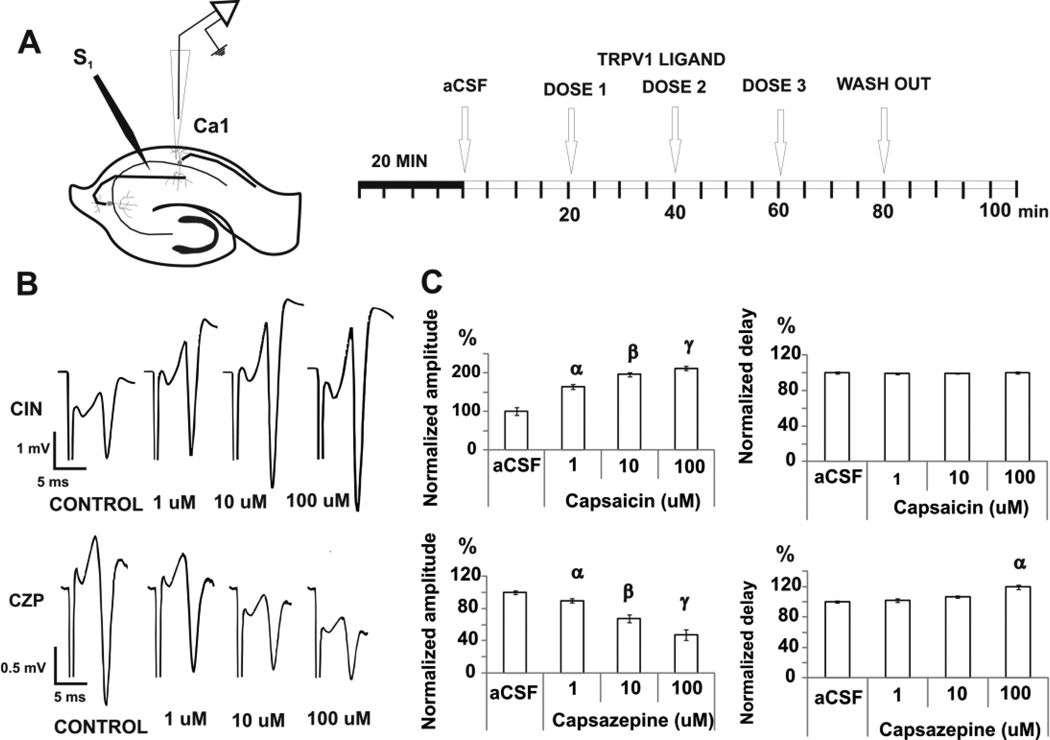FIGURE 2. EFFECTS OF TRPV1 MODULATION ON THE ORTHODROMIC RESPONSE.
A. After 20 min of acclimatization in the interface chamber, cathodic stimuli pulse (100 µs, 50–350 µA, 0.05–0.1 Hz) were delivered to the Schaffer Collaterals by a tungsten electrode to reach a stable evoked response and recorded in the pyramidal cell layer of CA1 for 20 min. Three doses of either drug were administered subsequently at 20 min intervals.
B. For orthodromic evoked potentials, the stimulating electrode was positioned in the Shaffer collaterals and the recording electrode in the pyramidal cell layer of CA1. Examples of orthodromic potentials in each pharmacologic condition for capsaicin (CIN) and capsazepine (CZP) are shown.
C. Mean ± SEM of normalized amplitude and delay of the evoked response show bidirectional modulation, with capsaicin increasing and capsazepine reducing the amplitude of the response. α p < 0.05 compared with control, β p < 0.05 compared with control or 1 uM group. γ p<0.005 compared with control, 1 uM or 10 uM group; repeated measures ANOVA followed by post-hoc test.

